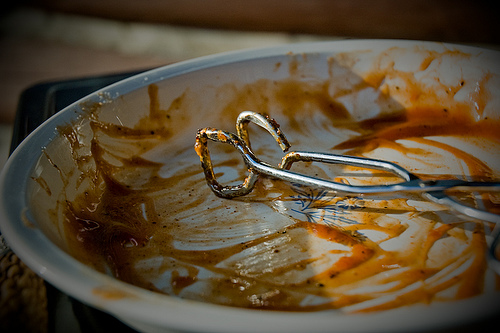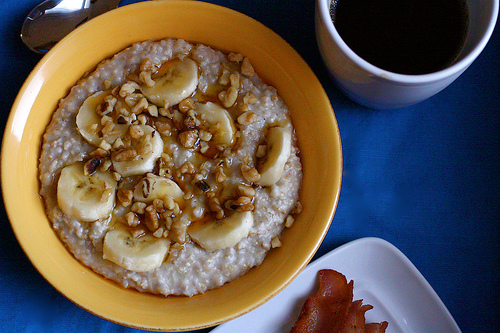 How much fatty food is in your diet? Could be time for a change.
How much fatty food is in your diet? Could be time for a change.
There are many issues with food that people are aware of, and try hard to control, such as high sugar levels and excess salt in processed foods. A less understood dietary issue is cholesterol. This is a substance which is often thought to be entirely negative, but there is more to cholesterol than harmful side effects.
Cholesterol is actually an essential type of fat carried by the blood, which is needed for internal and external membranes. The majority of the cholesterol in your system is produced by your body with only a smaller percentage coming from your diet. The cholesterol you eat comes solely from animal fats, so it is this which needs to be controlled.
While cholesterol is needed, there are both good forms and bad forms, and it is the level of bad forms which needs to be monitored. The “good” cholesterol, known as HDL (High Density Lipoproteins), is what controls the “bad” cholesterol, known as LDL (Low Density Lipoproteins). HDL keeps the LDL from sticking to artery walls, which in turns prevents heart attack and stroke.
One of the problems with cholesterol is that there are usually no symptoms of high cholesterol, meaning it is necessary to be tested in order to know what your levels are. Being aware of the level of LDL in your blood allows you to control your diet to avoid future issues.
Dietary Changes
Cholesterol foods are all animal products, however there are some products which have higher levels of cholesterol than others, such as egg yolks and liver. Other foods to wary of include whole milk dairy products, duck, goose and shrimp.
 A warm bowl of oatmeal in the morning is a healthier option than last night’s greasy leftover pizza
A warm bowl of oatmeal in the morning is a healthier option than last night’s greasy leftover pizza
While it is important to be aware of the foods which can raise your LDL levels, it is equally important to include in your diet certain foods which can actually lower your LDL. High fibre foods such as oatmeal, pears, barley and prunes can help reduce your LDL just as much as the omega-3 in fish.
There are also certain types of nuts such as pistachio which are high in polyunsaturated fats. These nuts can help keep the blood vessels of the body healthy, reducing the risk of cardiovascular diseases. Just be careful with the amount you eat since nuts are high in calories and you don’t want to add to your waistline while reducing your LDL level.
Just like any other major dietary change, it takes time to adjust, however it is well worth the effort. If you have a history of high cholesterol in your family, then you should be that much more aware of your cholesterol level. The good news is that the changes are simple: add some good food and lower the amount of potentially unhealthy food in your daily diet.
First image via Rene Ehrhardt, Second image via thebittenword.com
Other foods which can help with cholesterol:
Recipe: Reap Your Wild Oats To Make Nourishing Oatstraw Tea
4 Reasons To Eat Pomegranate During the Jewish New Year
PART II: The ABCs of Middle-Eastern Spice Medicines from Dill to Ginger


